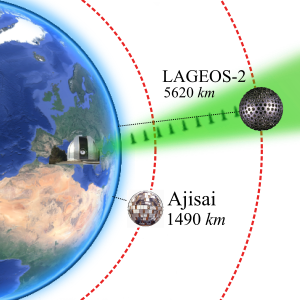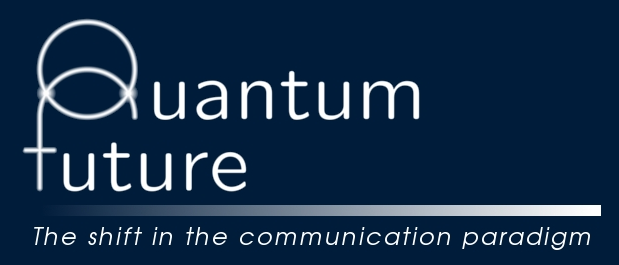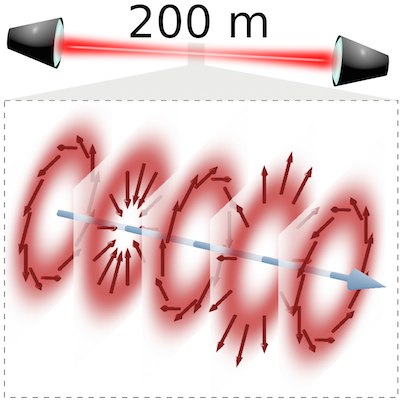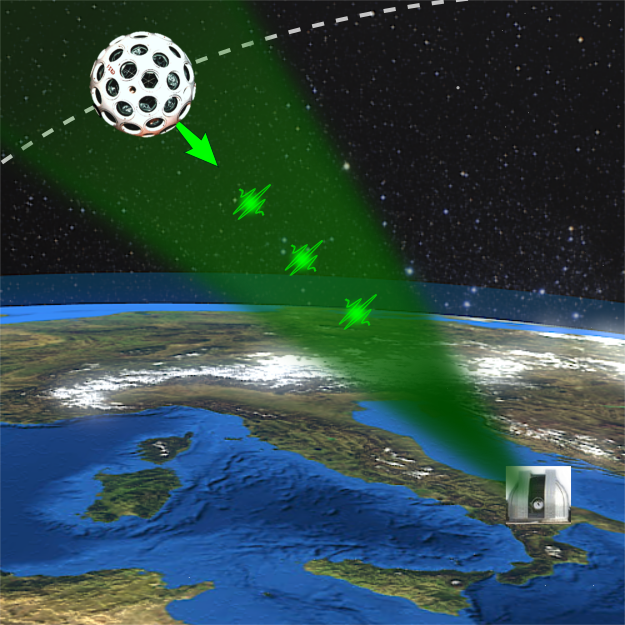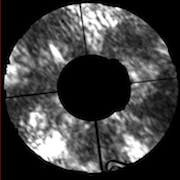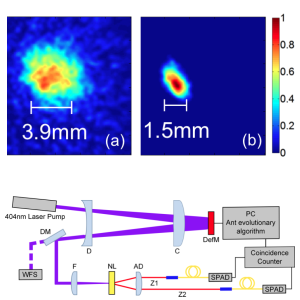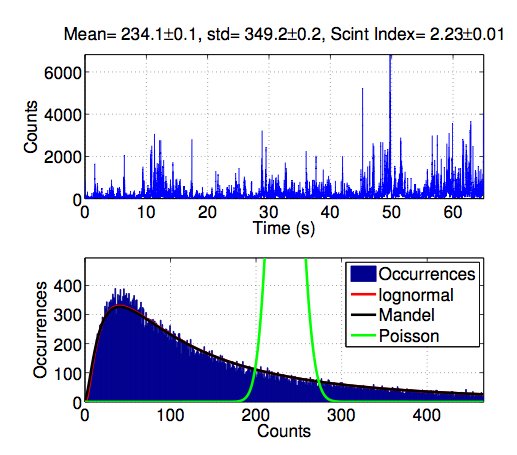“Twisted photons” are photons carrying a well-defined nonzero value of orbital angular momentum (OAM). The associated optical wave exhibits a helical shape of the wavefront (hence the name) and an optical vortex at the beam axis. The OAM of light is attracting a growing interest for its potential in photonic applications ranging from particle manipulation, microscopy, and nanotechnologies to fundamental tests of quantum mechanics, classical data multiplexing, and quantum communication. Hitherto, however, all results obtained with optical OAM were limited to laboratory scale. Here, we report the experimental demonstration of a link for free-space quantum communication with OAM operating over a distance of 210 m. Our method exploits OAM in combination with optical polarization to encode the information in rotation-invariant photonic states, so as to guarantee full independence of the communication from the local reference frames of the transmitting and receiving units. In particular, we implement quantum key distribution, a protocol exploiting the features of quantum mechanics to guarantee unconditional security in cryptographic communication, demonstrating error-rate performances that are fully compatible with real-world application requirements. Our results extend previous achievements of OAM-based quantum communication by over 2 orders of magnitude in the link scale, providing an important step forward in achieving the vision of a worldwide quantum network.
